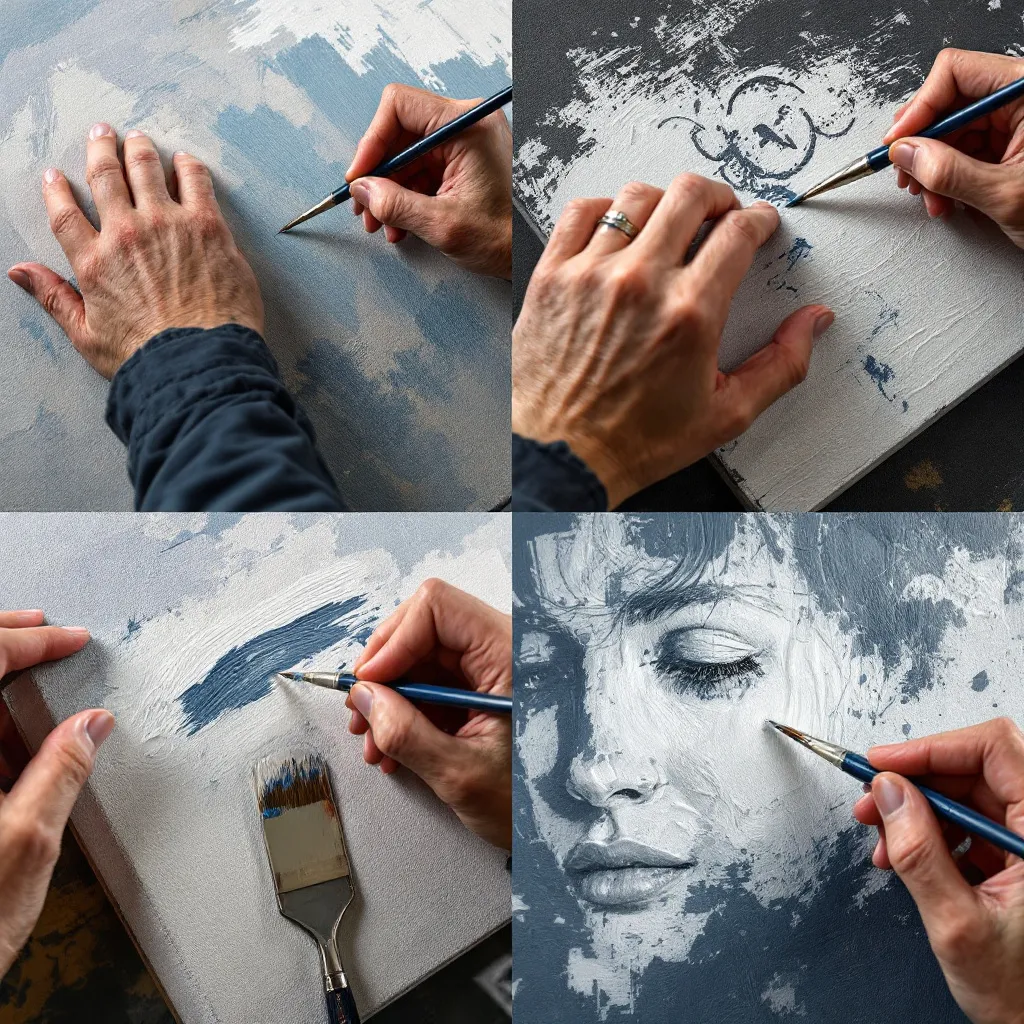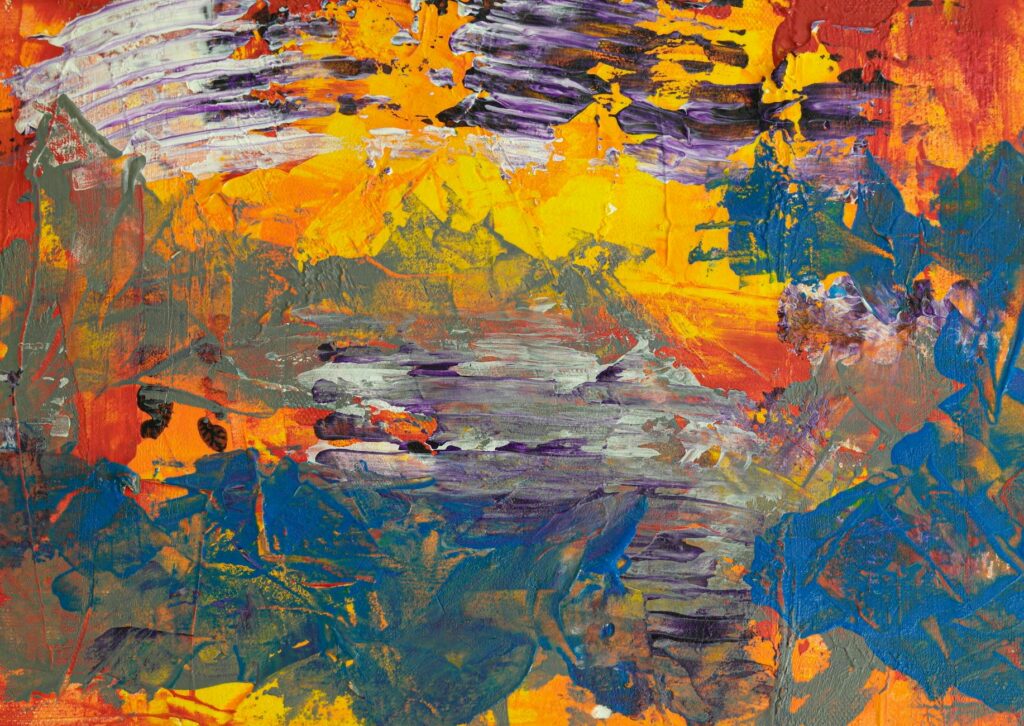Every artist hits a wall at some point. You might feel stuck using the same colors, brush strokes, or subjects over and over again. The secret to breaking through these creative barriers isn’t just more practice—it’s expanding your artistic horizons by exploring different painting genres. When you improve your art skills through genre exploration, you’re not just learning new techniques; you’re developing a deeper understanding of what makes art truly powerful and expressive.
Key Points Summary
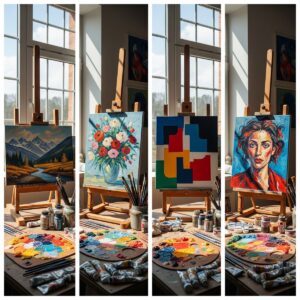
- Genre diversity accelerates skill development faster than focusing on one style
- Each painting style teaches unique technical skills that enhance overall ability
- Cross-genre learning builds creative problem-solving abilities for any artistic challenge
- Systematic genre study creates a structured path for artistic growth
- Multi-style practice develops artistic confidence and personal voice
Understanding the Building Blocks of Artistic Growth
Think of painting genres like different sports. A basketball player who also plays tennis develops better hand-eye coordination, while a swimmer who runs builds stronger overall fitness. Similarly, each painting genre strengthens different artistic “muscles” that work together to create a more skilled, versatile artist.
Realism teaches you to see accurately and render details precisely. Abstract art frees you from literal representation and helps you understand pure color and form relationships. Impressionism shows you how to capture light and atmosphere with loose, confident brushwork.
When you study multiple genres, you’re essentially learning different visual languages. Each one gives you new vocabulary to express your ideas and emotions through paint.
How Different Painting Genres Improve Your Art Skills
The Science Behind Cross-Genre Learning
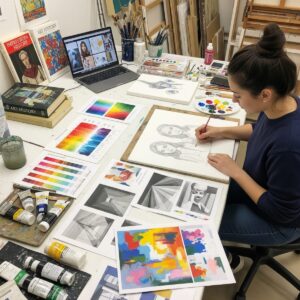
Artists who study multiple genres develop what researchers call “cognitive flexibility”—the ability to switch between different ways of thinking and problem-solving. This mental agility translates directly into better artistic decision-making and more creative solutions when faced with challenging compositions or technical problems.
Genre-Specific Skill Development
Each painting style contributes unique strengths to your artistic toolkit:
Realism and Representational Art:
- Develops observational skills and attention to detail
- Teaches accurate proportions and perspective
- Builds patience and precision in brush control
- Enhances understanding of light, shadow, and form
Abstract and Non-Representational Styles:
- Strengthens color theory knowledge and application
- Develops intuitive composition skills
- Encourages experimentation with texture and mark-making
- Builds confidence in making bold creative choices
- Teaches efficient, expressive brushwork
- Develops ability to capture atmospheric effects
- Enhances understanding of color temperature
- Improves speed and spontaneity in painting
- Strengthens emotional communication through art
- Develops personal artistic voice and style
- Teaches dramatic use of color and contrast
- Builds confidence in gestural, energetic mark-making
The Practical Path to Multi-Genre Mastery
Creating Your Learning Strategy
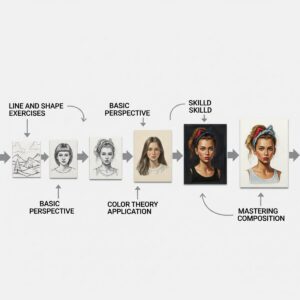
Start with a systematic approach that doesn’t overwhelm you. Choose three contrasting genres—perhaps realism, impressionism, and abstract art. Spend 2-3 months focusing on each style before moving to the next.
| Month | Focus Genre | Key Skills to Develop | Practice Projects |
|---|---|---|---|
| 1-3 | Realism | Observation, proportion | Still life studies |
| 4-6 | Impressionism | Light, brushwork | Landscape sketches |
| 7-9 | Abstract | Color, composition | Experimental pieces |
[Image Placeholder: art-skill-improvement-through-painting-genre-study.jpg]
Daily Practice Integration
You don’t need to completely switch styles every few months. Instead, incorporate genre-specific exercises into your regular practice:
- Morning warm-ups: 15-minute gesture drawings (expressionist approach)
- Midday studies: Color mixing exercises (impressionist techniques)
- Evening sessions: Detailed observational work (realist methods)
Overcoming Common Challenges in Genre Exploration
“I Don’t Want to Lose My Style”

Many artists worry that studying different genres will dilute their personal artistic voice. The opposite is actually true. Understanding various approaches helps you make more conscious choices about what resonates with you personally.
“Every artist dips his brush in his own soul, and paints his own nature into his pictures.”
Henry Ward Beecher
Your unique perspective will naturally filter through whatever techniques you learn, creating something distinctly yours.
Managing Overwhelm
Start small and be patient with yourself. You’re not trying to master every genre—you’re sampling them to discover what tools and techniques serve your artistic goals.
Beginner-Friendly Approach:
- Choose one new technique per week
- Practice for just 30 minutes daily
- Focus on understanding, not perfection
- Keep a visual journal of your experiments
Building Long-Term Artistic Success
The Confidence Factor
Artists who study multiple genres report feeling more confident in their abilities. This confidence comes from having a larger toolkit of solutions when artistic problems arise. If your usual approach isn’t working, you have other methods to try.
Research shows that creative confidence directly impacts artistic output and satisfaction. When you know you can handle different artistic challenges, you’re more likely to take creative risks and push your work in new directions.
Developing Professional Versatility
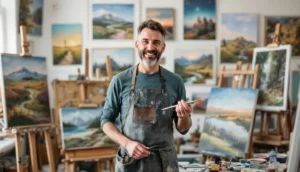
In today’s art market, versatility is valuable. Whether you’re interested in selling your art online, taking commissions, or simply expanding your creative horizons, understanding multiple genres opens doors to new opportunities and audiences.
Advanced Techniques for Genre Integration
Creating Hybrid Approaches
Once you’re comfortable with several genres, you can begin combining elements to create your own unique style. Many successful contemporary artists blend realistic rendering with abstract color choices, or combine impressionist brushwork with expressionist emotional intensity.
Using Color Theory Across Genres
Understanding how different genres approach color relationships enhances your ability to use color effectively in any style:
- Realist color: Focus on accurate local colors and natural light effects
- Impressionist color: Emphasize color temperature and atmospheric perspective
- Expressionist color: Use color symbolically to convey emotion
- Abstract color: Explore pure color relationships and psychological impact
The Technology Connection
Modern artists can also benefit from understanding how AI art tools analyze and recreate different artistic styles. This technological perspective can deepen your understanding of what makes each genre distinctive and teachable.
Your Journey Forward
Learning about different painting genres isn’t just about becoming a more skilled artist—it’s about becoming a more complete creative person. Each style you explore adds depth to your artistic understanding and gives you new ways to see and interpret the world around you.
The key is to approach genre exploration with curiosity rather than pressure. You’re not trying to become the next Monet or Picasso. You’re discovering which aspects of their approaches can enhance your own artistic journey and help you improve your art skills in meaningful, lasting ways.
Remember, every master artist throughout history learned by studying the work of others. By exploring different painting genres systematically and thoughtfully, you’re following in the footsteps of the greatest artists while developing your own unique creative voice.
Frequently Asked Questions
What are the basic art skills every painter should learn? Essential skills include color mixing, brush control, composition, perspective, and value relationships. These fundamentals apply across all genres and provide the foundation for more advanced techniques.
How long does it take to improve art skills? Noticeable improvement typically occurs within 3-6 months of consistent daily practice. However, artistic growth is ongoing—even professional artists continue developing new skills throughout their careers.
What painting genre is best for beginners? Watercolor painting is often recommended for beginners due to its forgiving nature and relatively simple setup. However, the best genre is one that genuinely interests you.
How to practice art skills daily? Set aside 15-30 minutes daily for focused practice. Alternate between observational studies, technique exercises, and creative exploration. Consistency matters more than duration.
What are the most important painting techniques? Key techniques include layering, blending, dry brush work, wet-on-wet application, and glazing. Master these basics before moving to more complex methods.
How to develop your own painting style? Your style develops naturally through consistent practice and exposure to various influences. Focus on technical skills first, then gradually emphasize subjects and approaches that resonate with you personally.
Ready to start your genre exploration journey? Check out our complete guide to painting techniques for beginners and discover which style speaks to your artistic soul.

